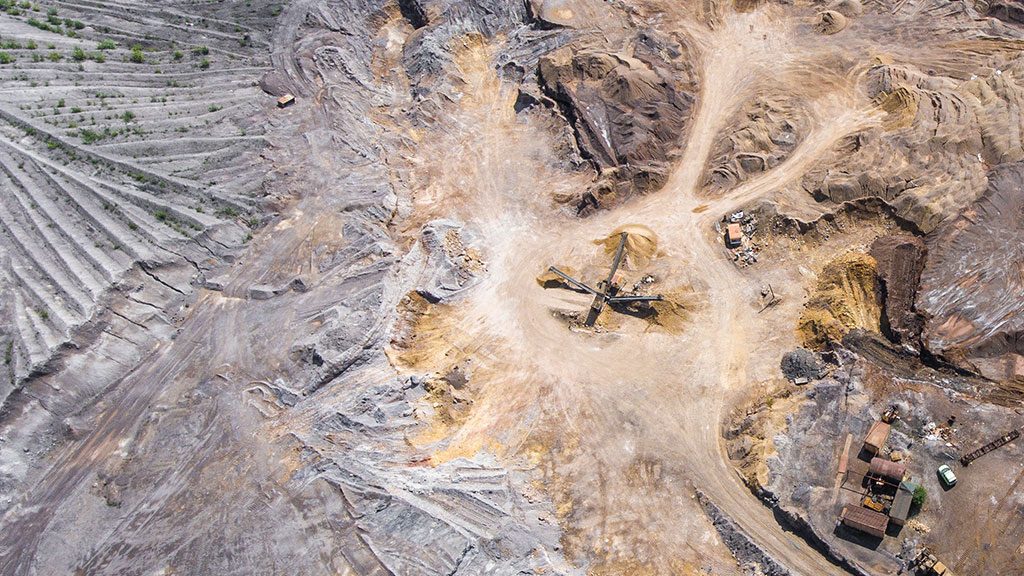Commissioning of the first mine in the Ring of Fire is not expected before 2023 at the earliest with exploitation of the rich chromite deposits in the region to follow some time after that, major site developer Noront Resources has confirmed in its latest project timetable.
The forecast is less aggressive than one discussed earlier this year, when Noront CEO Alan Coutts indicated that if an all-season road was completed to the site west of James Bay by 2022, the miner could start producing nickel and copper out of its Eagle’s Nest deposit later that year, with revenues from that mine financing development of the firm’s nearby Blackbird chromite mine after that.
Coutts has said production at the Noront deposits is linked to construction of an all-season road from the Aroland/Nakina region to the Ring of Fire. In May, the Marten Falls First Nation signed a voluntary agreement with the provincial government to make the Marten Falls community access road project — phase one of two phases contemplated to reach the Ring of Fire — subject to the Environmental Assessment (EA) Act. In November, Marten Falls engaged Aecom to facilitate the EA and do preliminary design work. But representatives of Marten Falls recently said they do not expect the EA to be finished before March 2020 and if other issues are resolved by that time, such as funding for the project, construction of phase one could take two to three years.
“While road permitting is advancing, Noront doesn’t expect to see production from Eagle’s Nest until 2023 at the earliest,” Coutts indicated in an email.
He also confirmed Noront “would then turn our attention to Blackbird chromite mine and the construction of the ferrochrome processing plant.”
Estimates of the value of the chromite, copper, gold, zinc and nickel deposits located in the Ring of Fire have ranged from $60 billion up to hundreds of billions of dollars. Chromite is processed into ferrochome, the essential element of stainless steel.
Noront is thought to control about 80 per cent of the claims in the Ring of Fire, located approximately 575 kilometres northeast of Thunder Bay. Marten Falls is 170 kilometres northeast of Nakina and 100 kilometres south of the Ring of Fire. Marten Falls adviser Lawrence Baxter said the community’s efforts at this point are focused on phase one with phase two plans undetermined.
The only other miner expressing an active interest in the Ring of Fire is KWG Resources, whose vice-president Moe Lavigne said his firm is nine years away from development in a best-case scenario with full funding.
Representatives of the Neskantaga and Eabametoong First Nations have complained the province’s EA deals with Marten Falls and Webequie First Nation, located due west of the Ring of Fire, were a violation of the 2014 agreement involving the nine regional Matawa First Nations in which the communities agreed to a regional joint effort. Webequie aims to build a shorter access road from its airport to the Ring of Fire.
Spokespersons for Neskantaga and Eabametoong did not return requests for comment.
Marten Falls adviser Qasim Saddique said the community remains committed to the regional approach but within that framework there are different projects that are priorities. Marten Falls is working to advance the north-south link while the Neskantaga and Eabametoong have identified an east-west route as a priority.
“We definitely want to build a community access road and we want to build it north-south because that makes the most sense,” said Saddique.
“And we also know from our conversations with the industry that going north-south makes the most sense for the Ring of Fire in the long run.”
As for the other communities that feel left out as the province supports the north-south EA process, Saddique said, “Our hope is that we meet with them on a regular basis and we hope to do that throughout the process and…do our very best to incorporate their feedback.”
Saddique said the previous Kathleen Wynne government committed to the EA process with Marten Falls because the community had taken steps to become development-ready.
“To be able to undertake a project of this complexity, what we proposed to the province was a structure that enabled two things,” he said. “First, it builds some level of capacity in the community, and second, it has got the technical ability to conduct this work.”
Noront has signed an exploration and project advancement agreement with Marten Falls, offering access to technical studies it has commissioned and making the community a shareholder in the project.
Saddique said Aecom will undertake a skills inventory as part of the EA process and then Marten Falls would be able to approach the provincial and federal governments to alert them to skills gaps identified.
“We would say, here are the skill sets we have, here is the gap, and here’s the nature of jobs that will be available in the future,” he said. “So to fill this gap, this is the training program that we require and this is how much it costs.”
There will be four route options to consider as part of the EA process. The Marten Falls advisers said the access corridor would not incorporate plans for a railroad at this time but adding a transmission corridor would not be major problem if that decision is made later.







Recent Comments
comments for this post are closed